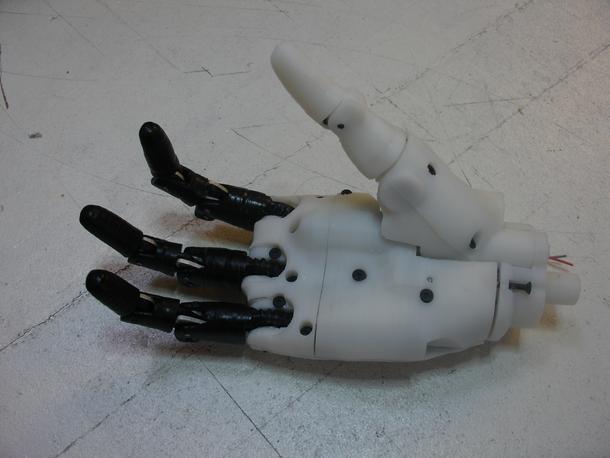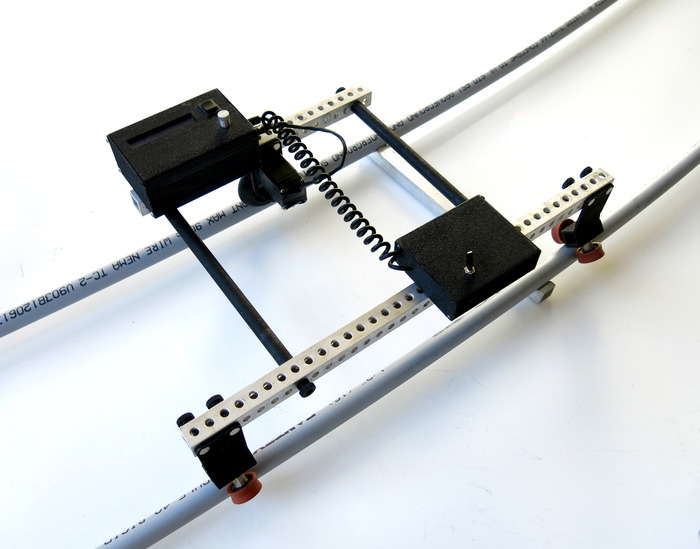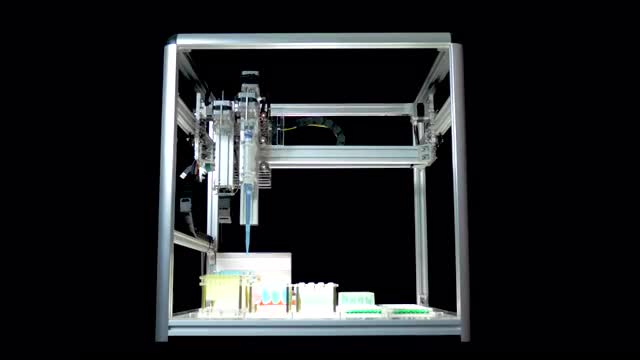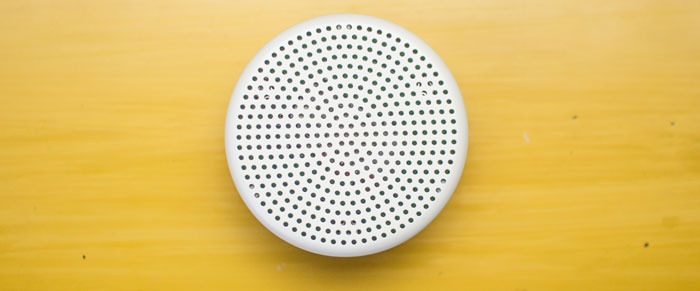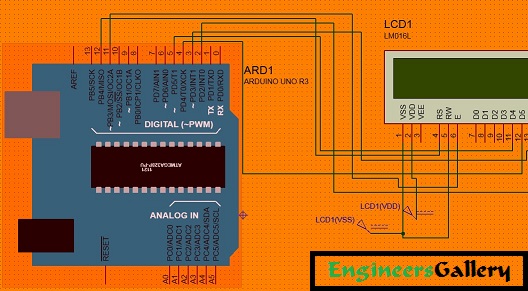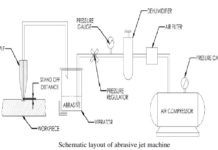Low cost prosthetic hand – myoelectric
About Myoelectric Prosthesis
The primary purpose of an arm prosthetic is to mimic the appearance and replace the function of a missing limb. While a single prosthetic that achieves both a natural appearance and extreme functionality would be ideal, most artificial limbs that exist today sacrifice some degree of one for the other. As such, there is a wide spectrum of specialized prosthetics that range from the purely cosmetic (which are inert) to the primarily functional (whose appearance is obviously mechanical). Myoelectric prosthetics are an attempt to serve both purposes of an artificial limb equally, without sacrificing appearance for functionality.
A myoelectric prosthesis is intended for people with hand disability to regain independence in their daily life (social, work, transport, etc). In most of the countries, these prostheses are provided by social welfare. With the development of technology, new prosthesis have appeared, improving movement of each finger and providing for better aesthetics. Unfortunately, these poly-digital hands are not reimbursed and they cost ‘an arm’, between 8-16 lakh.

What are myoelectric prosthetics and how do they work?
Functional arm prosthetics can be broadly categorized into two camps: body-powered and externally-powered prosthetics. Body-powered prosthetics use cables and harnesses strapped to the individual to mechanically maneuver the artificial limb through muscle, shoulder, and arm movement. While they are highly durable, they often sacrifice a natural appearance for moderate functionality. As well, though the user experiences direct control and feedback through its mechanical operation, the process can be fatiguing. Externally-powered artificial limbs are an attempt to solve this physical exertion through using a battery and an electronic system to control movement. At the forefront of this technology is the myoelectric prosthetic.
Myoelectric prosthetics have a number of advantages over body-powered prosthetics. Since it uses a battery and electronic motors to function, the myoelectric artificial limb does not require any unwieldy straps or harnesses to function. Instead, it is custom made to fit and attach to the remaining limb (whether above the elbow or below) with maximum suspension using suction technology. Once it is attached, the prosthetic uses electronic sensors to detect minute muscle, nerve, and EMG activity. It then translates this muscle activity (as triggered by the user) into information that its electric motors use to control the artificial limbs movements. The end result is that the artificial limb moves much like a natural limb, according the mental stimulus of the user. The user can even control the strength and speed of the limb’s movements and grip by varying his or her muscle intensity. As well, the acute sensors and motorized controls enable greater dexterity, even allowing the manipulation and use of small items like keys or credit cards through functioning fingers. In addition to this extreme functionality, the myoelectric artificial limb needs not sacrifice any of its cosmetic appearance. The most advanced versions of these prosthetics are incredibly natural and on par with purely cosmetic limbs.
The primary disadvantages of this kind of prosthetic are currently their weight and cost. Their heavy weight is primarily due to the fact that the myoelectric artificial limb contains a battery and motor inside, and unlike the body-powered prosthetic, it does not use any harnesses to counter-balance the weight across the body. This is an admitted trade-off for a more natural appearance. As well, as the technology develops, the weight of each component will eventually become lighter and less of a problem. The other disadvantage of myoelectrics is the cost. While it is currently more expensive than other kinds of prosthetics, it also offers the best quality in regard to both cosmetics and functionality. Like the problem of weight, it is estimated that the cost will eventually diminish as the technology becomes cheaper to reproduce.
The campaign:
The project aims to construction of a prosthetic upper limb at a low cost, of about 1.5-2 lakh, easily accessible to people with limited financial resources.
This project does not compete with manufacturers of prostheses for countries with social security coverage or people with comfortable financial situations, but it wants to open new opportunities for emerging countries that do not have access to such equipment. The inertia of the project comes from the passion for technology and sharing knowledge, the desire to help others, and discontent in the world in which we live today (health for the benefit of profit).
The myoelectric prosthetic hand is singularly awesome, and…
“The Hand” is a five-fingered, fully articulated, individual finger-controllable, myoelectric robotic prosthetic. It’s made of plastic, steel, and electronic circuitry. It’s indicated for full-hand amputees who, even after a medical or traumatic amputation, have a number of muscles that remain functional after healing.
To provide “The Hand” with input, sensors are attached to the skin in strategic locations above individual muscles. These harvest electomyographical signals and translate them into specific movements in the hand. Even if the signals picked up aren’t originally associated with a corresponding hand movement, neuroplasticity takes over and rewires things straight away.

